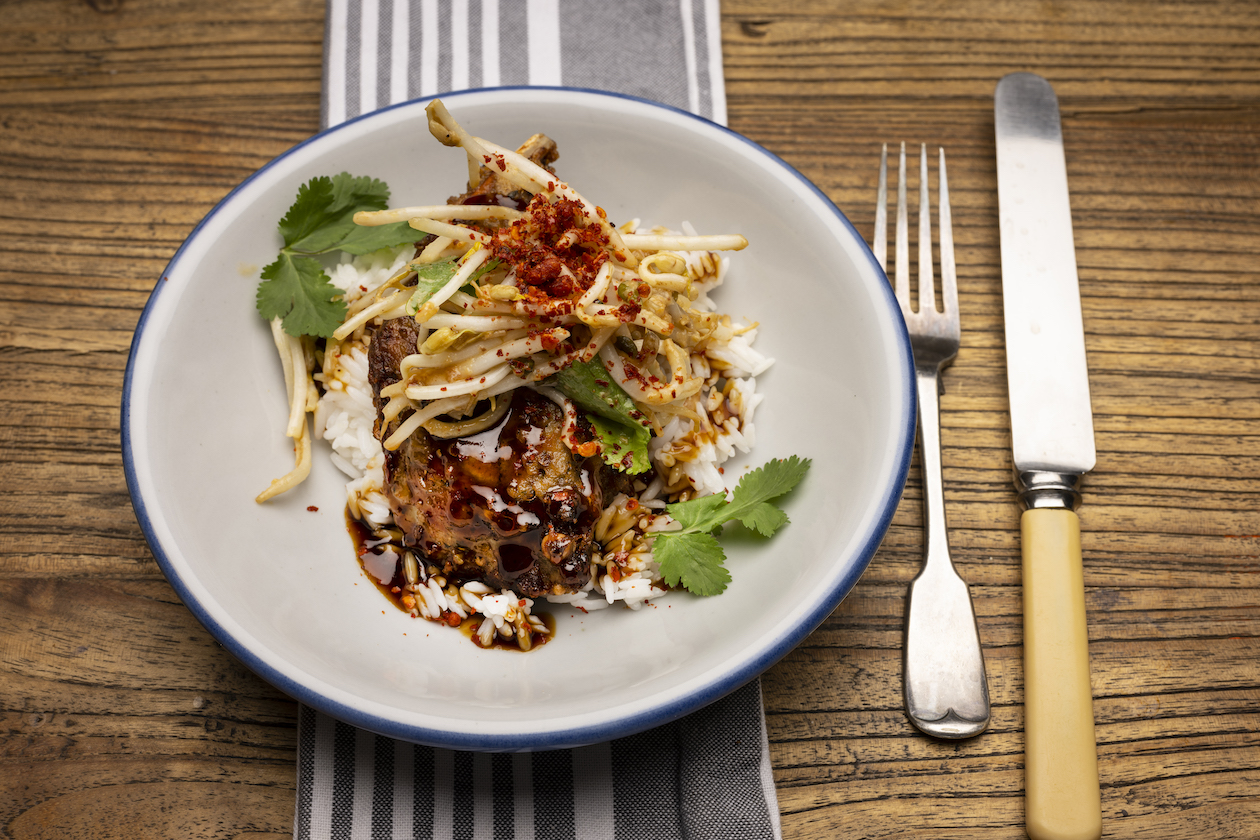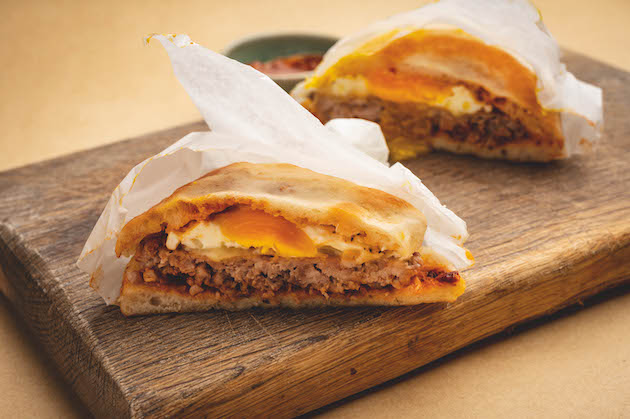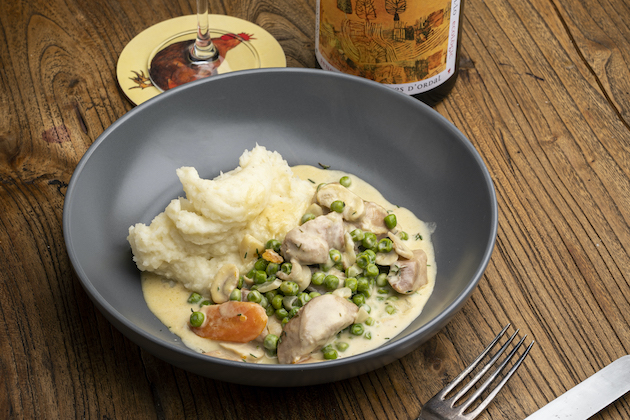Confit rabbit and blackberry salad
Rabbit is an easy win at harvest time, but what to do with it? Tim Maddams suggests some simple recipes

Why isn’t rabbit more popular? And why do we so often see rabbit on the menu that has been farmed on the Continent? This tasty interloper is an easy win at harvest time but what to do with them is another question. Young, old, female and male will all taste different. I separate my rabbit harvest into two groups: big and small. Small, and therefore young, rabbits I will roast or use for stir fries, sautés and so on. Older, larger ones get stewed, minced or confit (cooked slowly in its own rendered fat).
By far the best thing about autumnal bunnies is the abundant hedgerow fruits and shoots that can be used to accompany them, such as blackberries and horseradish, which are there for the taking. Both work rather well with rabbit. I will use blackberries in either a semi-warm salad, with chunks of shredded confit rabbit leg, or tossed into a stew at the last minute. They also work well added to minced rabbit meat, along with a little onion and some pork fat, to make a few rabbit pasties.
Horseradish can be used in various ways: the shoots can be added to a broth or a stir fry, while a cleaned root can simply be grated over some braised rabbit pasta or used in making a cold rabbit mayonnaise. I sometimes use a little of the leaf, too, finely shredded to finish a noodle dish (right) but only a little, as it is very bitter and too much is way too much.
Finding horseradish is simple as it is present in great swathes across most of the country. People always liken its appearance to dock weed, but the two are in fact very different. If you are uncertain snap off a leaf and sniff the juices: if it smells strongly of horseradish, that’s what it is.

Tim Maddams is a private chef who has worked with Hugh Fearnley-Whittingstall at River Cottage. Visit his website www.timmaddams.com
Confit rabbit and blackberry salad
Ingredients
For the confit rabbit
- 1 Rabbit
- 1 tsp salt
- A few grinds of black pepper
- 1 tsp fennel seeds
- 1 pint (about 560ml) light olive oil, pork fat, duck fat or butter
- A little water
- A little thyme (fresh)
- 1-2 fresh bay leaves
- 2 cloves of garlic
For the salad
- A few garden or salad leaves (for example watercress)
- 2 handfuls of ripe blackberries, washed (the riper the better)
- A little of the rabbit cooking fat, warmed
- Cider vinegar to taste
- Warm crusty bread to serve
The method
Serves 3-4
This is a dish best served warm. The rabbit wants to be room temperature and ideally a bit hotter. I most like to put this dish together when the rabbit is just cooling down after cooking, though it can be brought back to life once cold in a small pan — just be gentle.
- Joint the rabbit, saving the shoulders and chest for a stock some other time.
- Rinse off any remaining fur and remove the brown glands from next to the tail — these are bitter and it makes a huge difference to the finished dish if you remove them. Sprinkle the salt, fennel and black pepper over the rabbit meat and allow to marinate for an hour.
- Cover the rabbit with your chosen fat and enough water to bring the level just to the top of the rabbit — for this reason I use a small, shallow pan with a good lid; it saves on needing too much fat and keeps the flavour more concentrated.
- Add the bay, thyme and garlic and place the pan on a low heat. Cook as slowly as is practical until the bunny is tender and will easily fall o the bone with slight encouragement — this may take a few hours. (Don’t discard the fat afterwards — you can use it for something else, such as pastry for a game pie.)
- Wash a few garden leaves and the blackberries; I have added some tomatoes from the greenhouse too, but you can do without. Mix a little cider vinegar with a little of the rabbit oil to use as a dressing.
- Place on a plate or platter and drizzle over the dressing. Serve with warm crusty bread, and some more of the cooking fat to spread on it.








